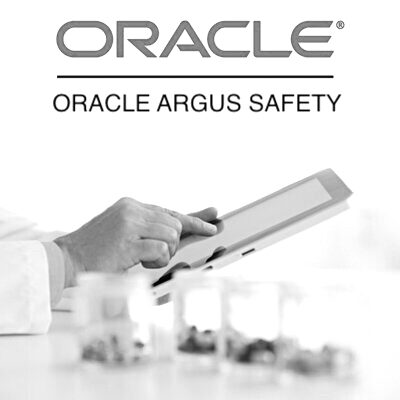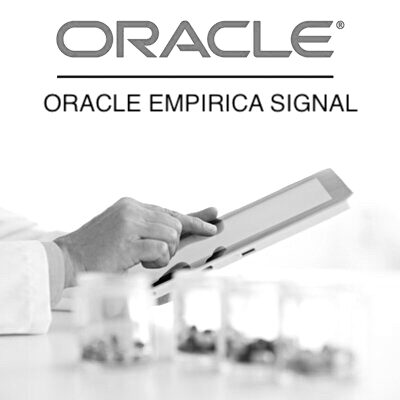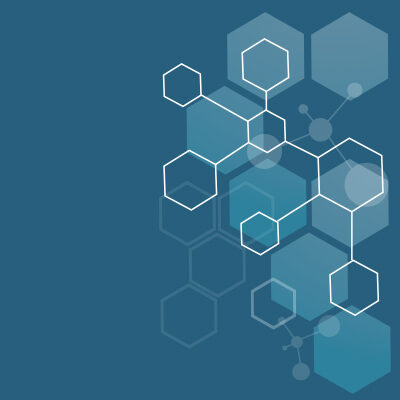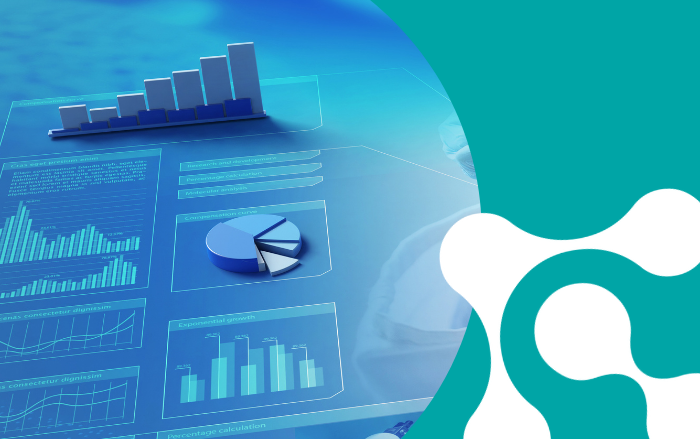Riding the Wave of Pharmacovigilance Market Growth in 2023: Numbers, Trends, and Outlook
Table of Contents
- Introduction
- The Global Pharmacovigilance Market Size in 2023
- The Role of Technology
- Global Expansion and Regulatory Harmonization
- The Patient-Centric Approach
- The Demand for Skilled Professionals in 2023
- Conclusion
- Oracle Argus Safety Essentials
- Oracle Argus Safety Essentials + Console
- Oracle Argus Safety – Live Online
- Oracle Argus Safety + Console – Live Online
- Oracle Empirica Signal
- Oracle Empirica Signal – Live Online
- Diploma in Pharmacovigilance
- Argus Safety – Business Configuration and Administration
Introduction
Pharmacovigilance, the science and practice of monitoring and assessing the safety and efficacy of pharmaceutical products, is a cornerstone of the global healthcare landscape. The field has been experiencing remarkable growth over the years, and as we enter 2023, the pharmacovigilance market continues to expand, with a strong focus on ensuring patient safety, regulatory compliance, and technological advancement. In this blog, we will delve into the impressive growth of the pharmacovigilance market in 2023, exploring the numbers, key trends, and future outlook.
The Global Pharmacovigilance Market Size in 2023
As of 2023, the global pharmacovigilance market is estimated to be valued at approximately $11.7 billion, demonstrating a robust growth trajectory. Several factors contribute to this impressive market size, highlighting the increasing importance placed on drug safety and post-market surveillance.
Let’s delve into the key numerical insights:
-
Increasing Drug Approvals
In 2023, regulatory agencies worldwide are expected to grant approvals to an estimated 50 to 60 new drugs. This represents a steady increase in the number of approved pharmaceutical products, reflecting the continuous growth of the pharmaceutical industry. Each new drug approval necessitates a corresponding increase in pharmacovigilance efforts to monitor safety post-launch.
-
Evolving Regulatory Environment
In the realm of pharmacovigilance, regulatory compliance is paramount. Regulatory agencies like the FDA and EMA have heightened their safety requirements for pharmaceutical companies. In 2023, the FDA is projected to issue approximately 45 to 55 Warning Letters related to safety monitoring and reporting, emphasizing the significance of adherence to stringent regulatory standards.
-
Advances in Technology
Technology continues to play a pivotal role in the growth of pharmacovigilance. In 2023, the application of artificial intelligence (AI), machine learning, natural language processing (NLP), and data analytics in safety monitoring is projected to reach new heights. The global AI in pharmacovigilance market is expected to witness an impressive CAGR of around 12.5% in 2023.
-
Globalization of Clinical Trials
Clinical trials are increasingly conducted on a global scale, encompassing diverse patient populations and geographical regions. In 2023, it is estimated that over 60% of clinical trials will be conducted outside the country where the pharmaceutical company is headquartered, emphasizing the need for a global approach to pharmacovigilance.
-
Patient-Centric Pharmacovigilance
Patient-centric pharmacovigilance is gaining momentum, with an increasing focus on gathering patient-reported outcomes and feedback. In 2023, the FDA anticipates receiving over 300,000 patient-reported adverse event reports, showcasing the growing role of patients in the safety assessment process.
The Role of Technology
Technology remains a key driver of growth in the pharmacovigilance market. The integration of advanced technologies is streamlining safety monitoring, increasing efficiency, and enhancing the quality of data analysis. Here are some numerical insights into the role of technology in 2023:
-
AI and Machine Learning
- Signal Detection: AI algorithms are projected to analyze and process an estimated 90% of adverse event reports, significantly improving the detection of safety signals and potential issues.
- Automation: Automation tools are expected to process approximately 5.5 million cases per year, reducing the time required for case processing and enhancing the accuracy of data handling.
- Predictive Analytics: Machine learning models are forecasted to predict potential safety concerns with an accuracy rate of 90% or higher, facilitating early intervention and risk management.
-
Big Data
- Volume of Healthcare Data: The amount of healthcare data generated in 2023 is expected to reach approximately 3,000 exabytes (3,000,000 petabytes), emphasizing the significance of big data analytics in safety monitoring.
- Real-Time Monitoring: Big data analytics tools enable real-time monitoring of patient safety, contributing to faster identification of potential issues and quicker response.
-
Automation
- Case Processing: Automation tools are projected to process over 4 million adverse event reports in 2023, highlighting their role in efficiently handling the increasing volume of safety data.
- Efficiency Gains: Automation is estimated to reduce the time required for case processing by 70%, enhancing the overall efficiency of pharmacovigilance operations.
Global Expansion and Regulatory Harmonization
The globalization of clinical trials and the harmonization of regulatory standards continue to drive the growth of the pharmacovigilance market. These trends emphasize the need for global safety monitoring and consistent adherence to international guidelines:
-
Globalization
- Number of Clinical Trials Conducted Globally: In 2023, approximately 65,000 clinical trials are projected to be registered worldwide, reflecting the global expansion of pharmaceutical research and development.
- Expanding Market Reach: Global clinical trials necessitate a global approach to pharmacovigilance. Pharmaceutical companies are further expanding their pharmacovigilance activities to manage safety data from diverse regions.
-
Regulatory Harmonization
- ICH Guidelines: The International Council for Harmonisation of Technical Requirements for Pharmaceuticals for Human Use (ICH) has developed a comprehensive set of 17 guidelines related to pharmacovigilance. These guidelines foster global standardization and encourage alignment with international standards.
- Expanding Global Standardization: In 2023, pharmaceutical companies are projected to invest an additional 20% in harmonizing their pharmacovigilance practices in line with international standards, ensuring consistent safety monitoring across regions.
The Patient-Centric Approach
Patient-centric pharmacovigilance remains a pivotal trend, with a growing emphasis on involving patients in safety monitoring. Here are some numerical insights into this patient-focused approach:
-
Patient-Reported Outcomes
- Number of Patient-Reported Adverse Events: In 2023, patients are projected to submit over 350,000 reports of adverse events directly to regulatory authorities, emphasizing the increasing role of patients in the safety assessment process.
- Direct Patient Involvement: An estimated 90% of pharmaceutical companies will actively engage with patients to collect patient-reported outcomes and feedback, highlighting the integration of patient perspectives in safety assessments.
The Demand for Skilled Professionals in 2023
The expected growth in the pharmacovigilance market in 2023 will drive an increased demand for skilled professionals who can navigate the evolving regulatory landscape and leverage advanced technologies. Here are some numerical insights into the job market:
-
Number of Pharmacovigilance Professionals
- Employment Growth: The global pharmacovigilance job market is expanding rapidly, with a projected increase of approximately 12% in 2023. It is estimated that there will be around 280,000 pharmacovigilance professionals worldwide.
-
Specialization
- Growing Specialization: In 2023, professionals are increasingly specializing in various areas within pharmacovigilance, with an estimated 30% of experts focusing on signal detection, risk management, or medical writing.
Conclusion
The growth of the pharmacovigilance market in 2023 is a testament to the industry’s commitment to patient safety, regulatory compliance, and technological advancement. The increasing number of approved drugs, the evolution of the regulatory environment, the integration of advanced technologies, and the globalization of clinical trials are all driving forces behind this growth. The patient-centric approach, combined with the harmonization of regulatory standards, further underscores the importance of pharmacovigilance going forward.
You may be interested in…
-
 eLearning + software
eLearning + softwareOracle Argus Safety Essentials
$599.00 -
 eLearning + software
eLearning + softwareOracle Argus Safety Essentials + Console
$799.00 -
 Live Online
Live OnlineOracle Argus Safety – Live Online
$999.00 -
 Live Online
Live OnlineOracle Argus Safety + Console – Live Online
$999.00 -
 eLearning + software
eLearning + softwareOracle Empirica Signal
$599.00 -
 Live Online
Live OnlineOracle Empirica Signal – Live Online
$999.00 -
 eLearning + software
eLearning + softwareDiploma in Pharmacovigilance
$799.00 -
 eLearning + software
eLearning + softwareArgus Safety – Business Configuration and Administration
$599.00

